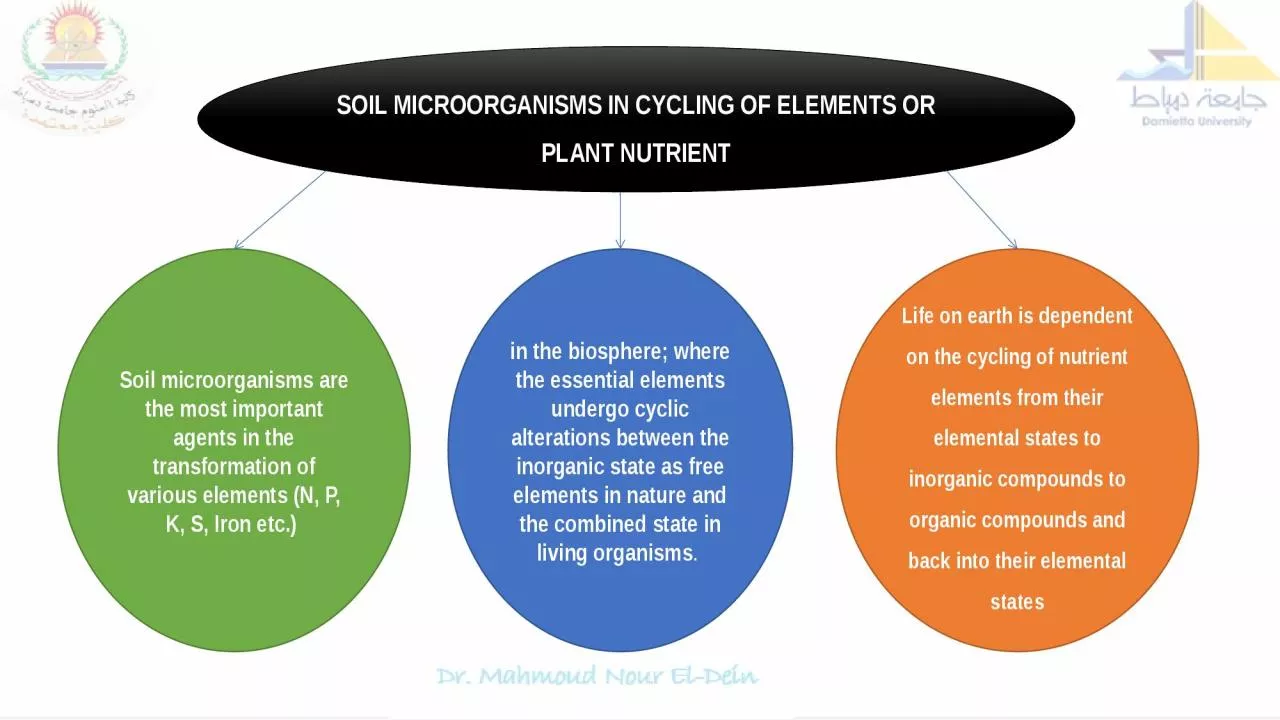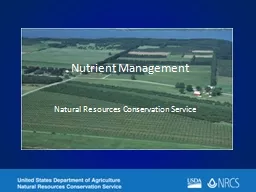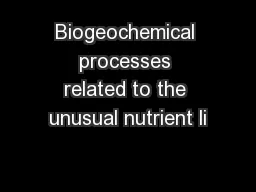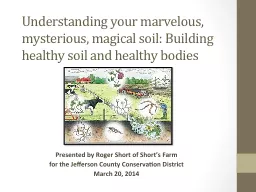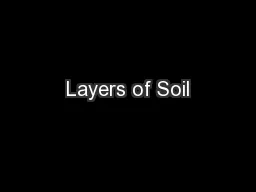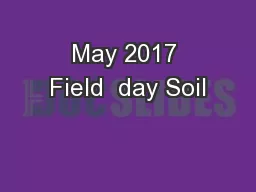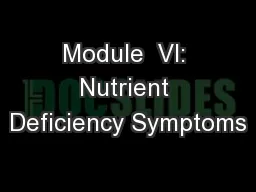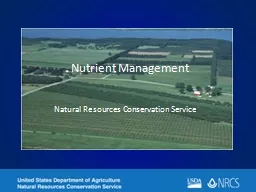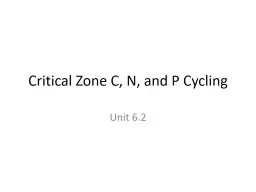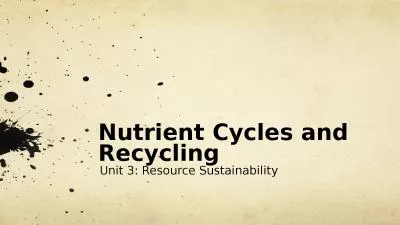PPT-Soil Microorganisms in Cycling of Elements or Plant Nutrient
Author : rodriguez | Published Date : 2023-10-29
Soil microorganisms are the most important agents in the transformation of various elements N P K S Iron etc in the biosphere where the essential elements undergo
Presentation Embed Code
Download Presentation
Download Presentation The PPT/PDF document "Soil Microorganisms in Cycling of Elemen..." is the property of its rightful owner. Permission is granted to download and print the materials on this website for personal, non-commercial use only, and to display it on your personal computer provided you do not modify the materials and that you retain all copyright notices contained in the materials. By downloading content from our website, you accept the terms of this agreement.
Soil Microorganisms in Cycling of Elements or Plant Nutrient: Transcript
Download Rules Of Document
"Soil Microorganisms in Cycling of Elements or Plant Nutrient"The content belongs to its owner. You may download and print it for personal use, without modification, and keep all copyright notices. By downloading, you agree to these terms.
Related Documents

